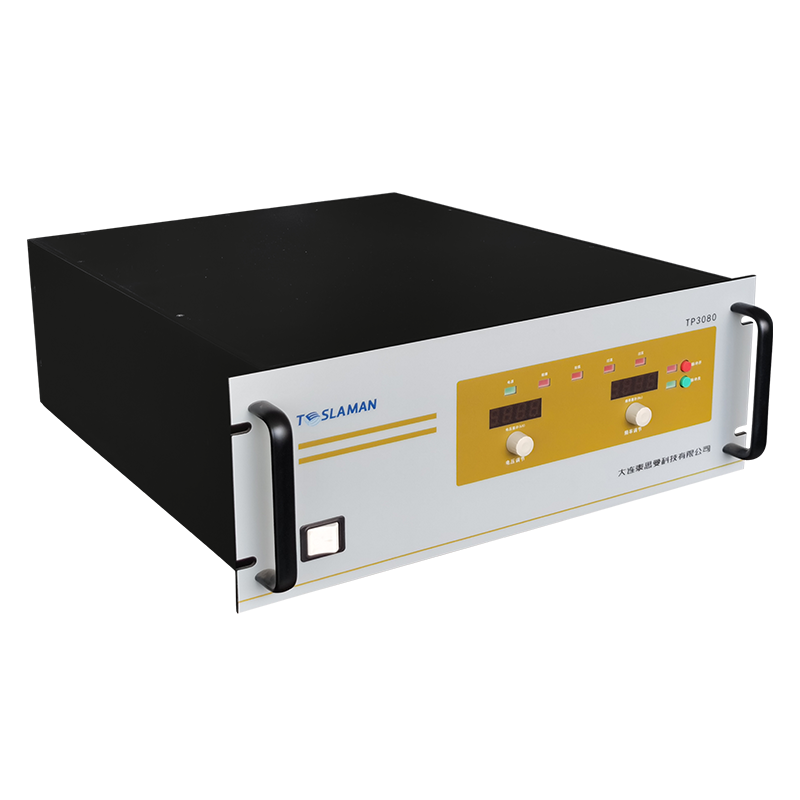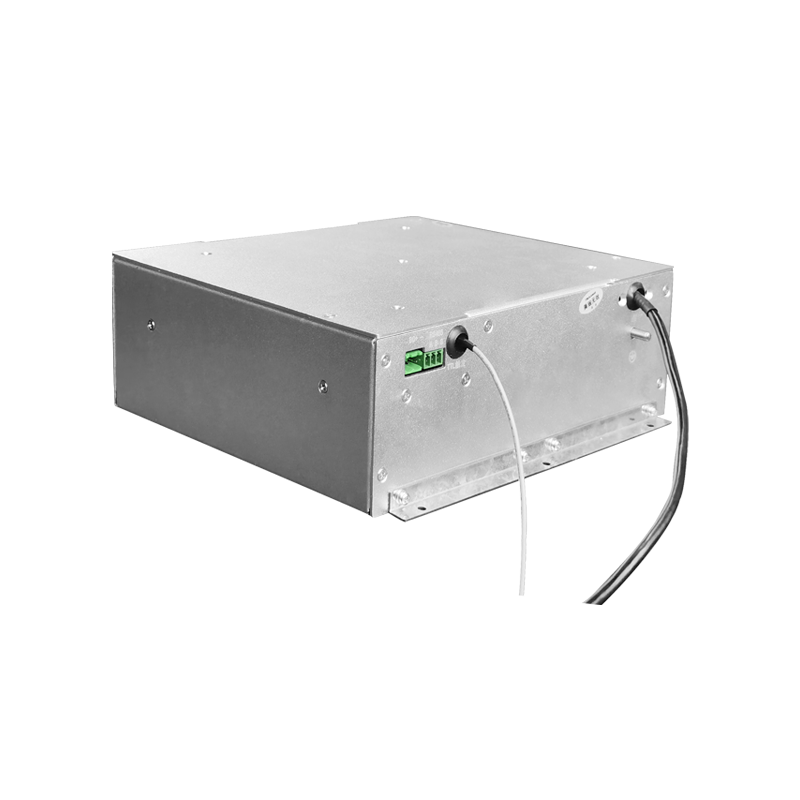Optimization Mechanism and Technological Breakthroughs in Separation Efficiency of High Voltage Power Supplies for Capillary Electrophoresis
The separation efficiency of capillary electrophoresis (CE) is critically dependent on the electric field control precision of high-voltage power supplies, primarily reflected in key parameters such as migration time repeatability, peak symmetry, and resolution. This article reveals the mechanism through which high-voltage power supplies affect separation efficiency from three dimensions—field stability, dynamic response characteristics, and thermal effect compensation—while proposing systematic optimization strategies.
1. Electric Field Stability and Migration Rate Consistency
Voltage fluctuations in high-voltage power supplies induce nonlinear variations in sample migration rates. A multi-stage low-noise amplification architecture with quantum reference feedback technology suppresses short-term voltage fluctuations at 30kV output to 0.01% (10-minute stability), reducing migration time relative standard deviation (RSD) from 1.8% in conventional systems to 0.3%. Experimental data demonstrate that with voltage ripple below 50μV, adjacent peak resolution in amino acid analysis exceeds 1.5, achieving complete separation of lysine and arginine with an isoelectric point difference of merely 0.02.
2. Dynamic Gradient Control and Band Broadening Suppression
Constant voltage modes often cause electroosmotic flow (EOF) disturbances due to Joule heating. An FPGA-based intelligent gradient power system enables precise slope control at 0.1V/ms. For DNA fragment separation, dynamically adjusting field strength (200-400V/cm) to compensate for viscosity changes induced by temperature compresses zone width to 0.05mm, improving separation efficiency by 40% compared to constant voltage modes. In protein folding analysis, 50Hz square-wave modulated fields leverage dielectrophoresis to inhibit macromolecular adsorption, optimizing peak symmetry factors from 0.75 to 0.98.
3. High-Frequency Harmonic Injection for Separation Selectivity Modulation
Injecting 0.1%-1% second harmonic components in the 10MHz range alters apparent particle mobility through dielectric relaxation effects. With a harmonic phase difference set to π/2, polysaccharide homologue separation efficiency increases by 2.3×, distinguishing monomers with polymerization degree differences as small as 3. Combined with adaptive impedance matching networks, this technology maintains load impedance fluctuations below 5% across a wide pH range (2-12), ensuring 99.7% coupling efficiency for high-frequency components.
4. Multi-Dimensional Temperature Drift Compensation Systems
Capillary wall temperature gradients subtly disrupt field uniformity. An intelligent power system integrated with distributed thermocouple arrays employs inverse modeling to correct voltage distribution in real-time, controlling temperature gradients along 25cm capillaries to ±0.02℃/cm, thereby reducing EOF velocity RSD to 0.05%. For non-aqueous CE systems, dielectric constant monitoring dynamically adjusts compensation coefficients, achieving migration time reproducibility of 0.15% (n=20) in acetonitrile-methanol systems.
Current challenges focus on miniaturization and thermal balance of high-voltage interfaces. When power density exceeds 5W/cm³, contact resistance-induced temperature rise increases nonlinear output deviation by 0.5%/℃. Novel aluminum nitride ceramic packaging reduces thermal resistance to 0.15℃/W, while aerosol jet cooling limits capillary temperature rise below 0.5℃ under 15kV/mm fields. Future advancements will integrate migration behavior prediction algorithms, using LSTM networks to anticipate particle trajectories for millisecond-level field parameter optimization, potentially enhancing complex sample separation efficiency by over 80%.




















